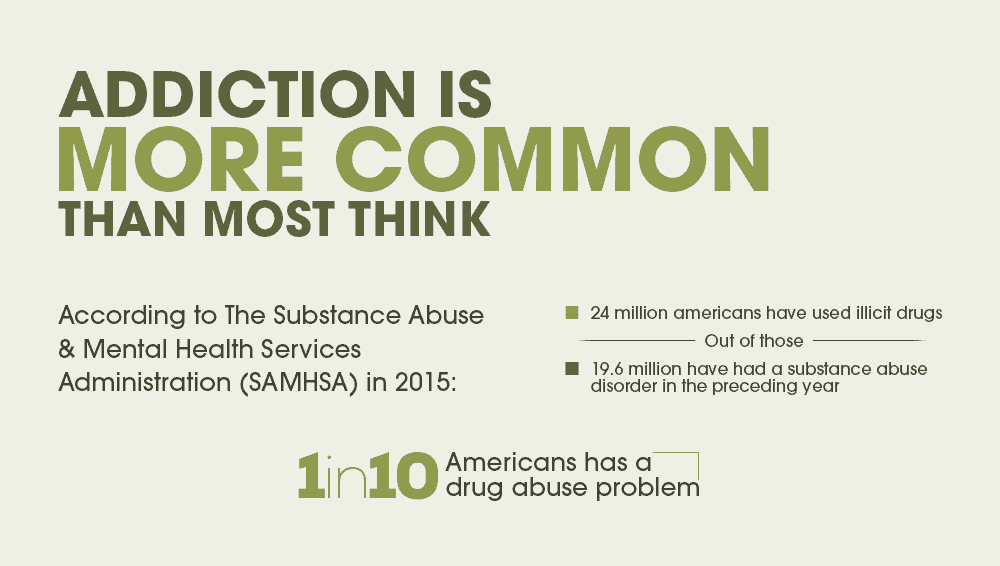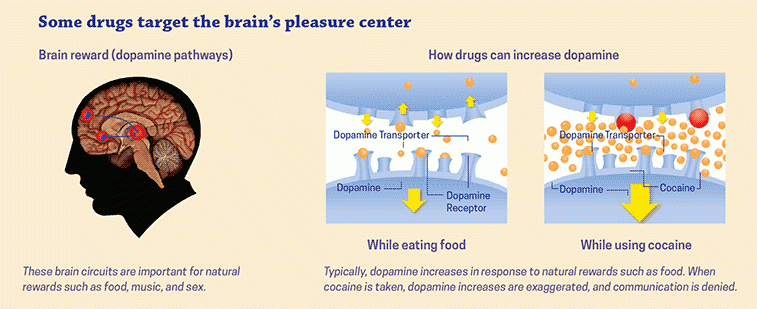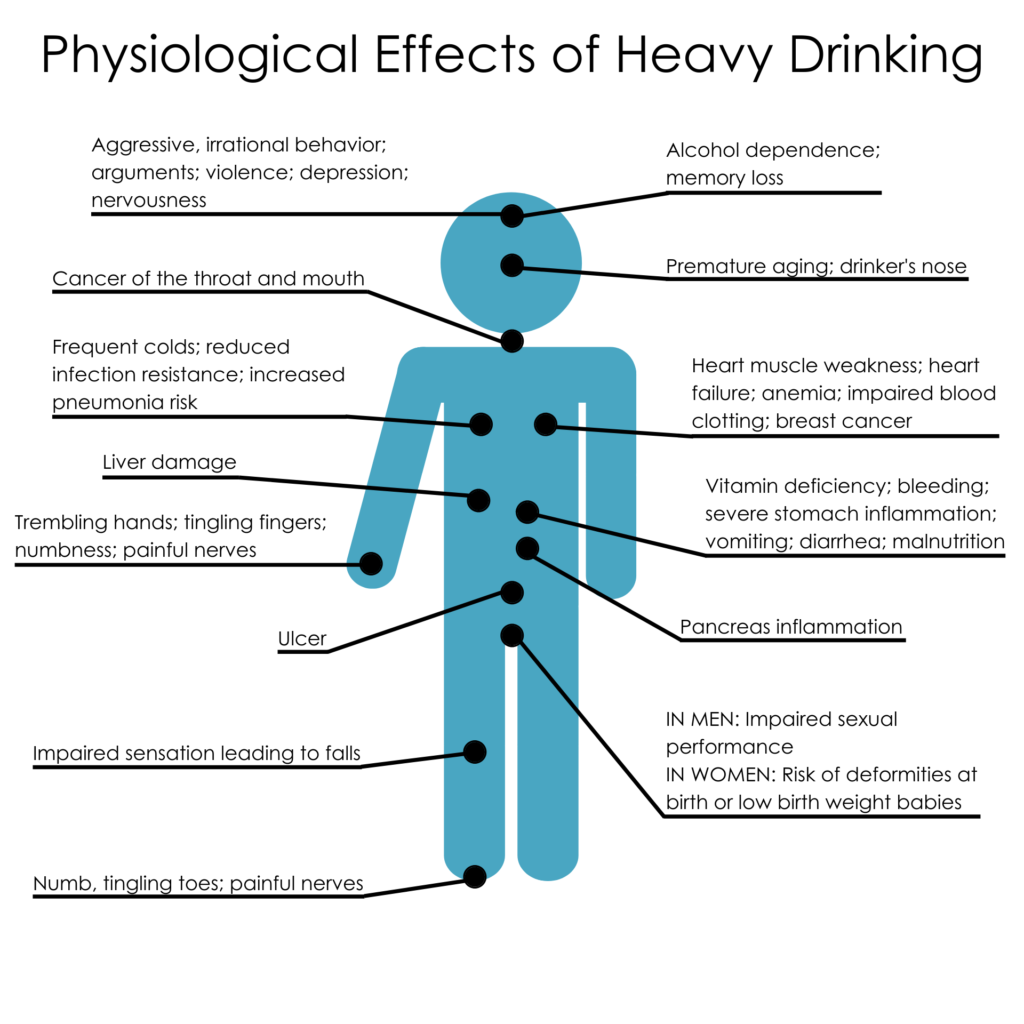
What is Addiction?
Addiction is common and many people may know someone who is addicted to something, their phone, their favorite drink of choice, a drug. In his article, is there a common molecular pathway for addiction, Eric J Nester defines addiction as “a loss of control over drug use.” Addictions are also referred to as substance use disorders. Statistically, more than 20 million Americans suffer from substance use disorders, with the youngest age being only 12. When people think of addiction, the first thing to top into their mind has nothing to do with what they think is going wrong in the brain. Most of the time, someone who suffers from an addiction is just looked at differently, thought to have a hard life, or just labeled “crazy.”
But the brain is altered due to addiction, and once a person becomes so dependent on a drug, there might not be any going back.

So, what goes wrong in the brain?
Drugs of abuse activate the brains reward pathway, the mesolimbic dopamine pathway. Dopaminergic neurons are in the ventral tegmental area (VTA) of the midbrain. These neurons target the limbic forebrain, more specifically the nucleus accumbens (NAc). So, with these things interacting with each other, the VTA-NAc is the most important thing to look at when researching the effect of drugs of abusive on the brain. Drugs activate dopaminergic transmission giving people a feeling of euphoria. The VTA-NAc pathway physically changes when these drugs induce cross-tolerance and cross-sensitization. Cross tolerance is defined as developing a tolerance for one substance that leads to a tolerance of another. And cross-sensitization is when a drug of abuse is taken away from
the person who has been repeatedly abusing the drug and the brain searches for a different way to produce the same effects that the drug did. Simply, in conclusion, drugs of abuse increase dopamine in the reward pathway. Drugs increase dopamine about ten times more than any natural reward does. Because more and more dopamine is produced, the brain builds tolerance to dopamine causing a person to need more and more of the same drug to achieve the euphoric effect that they want. In the figure pictured below, provided by the national institute on drug abuse, everything that I mentioned above can be summarized.

Why should we care?
Drugs of abuse don’t just cause harm to the developed or growing brain, they also greatly impact physical and mental health. According to the CDC, alcohol is one of the most widely abused substances among people in the United States. Alcohol is classified as a depressant, meaning that brain activity is slowed, muscles are relaxed, and neurons can’t communicate effectively in the brain. Alcohol physically alters the brain, causing less communication between neurons, and causing the brain the shrink in comparison to a person who is not dependent on alcohol. Drugs of abuse, including alcohol effect more people around us than we know. Not only do these drugs effect our brains, but they also affect our body. Pictured below are some of the effects on the body from heavy drinking. Many of these are like those of other drugs on the body.


References Used:
https://www.hopkinsmedicine.org/news/articles/new-research-and-insights-into-substance-use-disorder
https://www.yalemedicine.org/news/how-an-addicted-brain-works
https://www.ncbi.nlm.nih.gov/pmc/articles/PMC4036816/
https://nida.nih.gov/publications/drugs-brains-behavior-science-addiction/drugs-brain
https://delamere.com/addiction-treatment/alcohol-addiction/effects